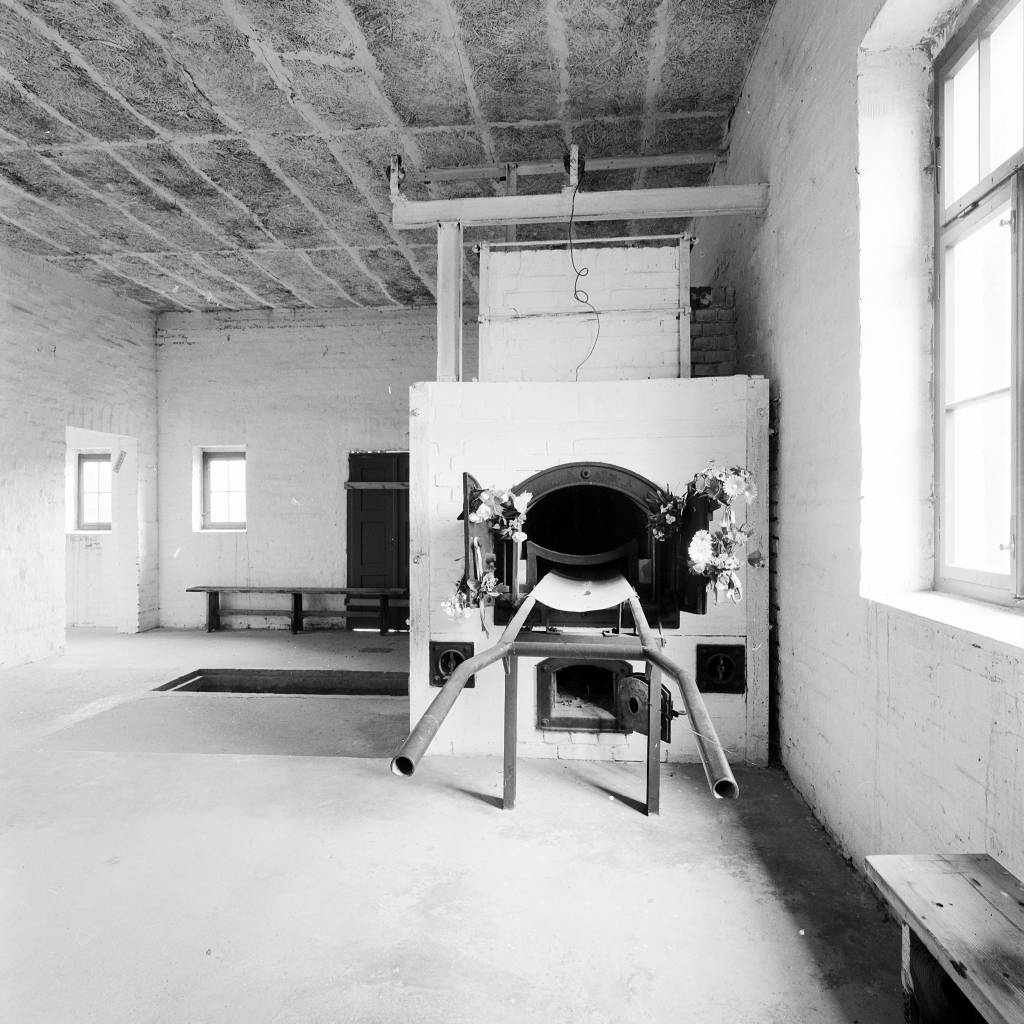Struggle for survival in the camp
4,896 prisoners died in the Melk subcamp over the course of its one-year existence. Several hundred more died in Ebensee and Mauthausen, after the evacuation of the camp, as a consequence of the work they had been forced to do in the tunnels. There are several reasons for the extremely high number of deaths in the Melk subcamp. Because the tunnel system under the Wachberg in Roggendorf was regarded as being of particular importance to the war effort, the heavy physical labour was done at a rapid pace, with numerous accidents, inadequate food and clothing, and poor housing in the huts on the grounds of the Birago Barracks. All these forms of structural violence against severely physically weakened prisoners led to the many illness-related deaths. Added to this were several forms of direct violence, including regular beatings by the guard units, by some of the prisoner functionaries and by civilian workers, as well as deliberate murders. Among the methods used for the killings were lethal injections, administered by the SS medical orderly Gottlieb Muzikant in the prisoners’ infirmary at Melk, as well as shootings and beatings.
 Of a total of 4,896 people to die in the Melk concentration camp, almost a third (1,591 men, or 32.5 percent) were from Poland; the second-largest group were prisoners from Hungary (1,434 men, or 29.3 percent, almost all of whom were categorised as Jewish). At around 11 percent (547 men), the French prisoners at Melk were the third-largest victim group, followed by Soviet (435 men or 8.9 percent) and Italian prisoners (312 men or 6.4 percent). If these details of national origin are ignored and the focus moves to the prisoner categories, it is evident that the death rate was disproportionately high for prisoners categorised as Jewish. They represented around 40 percent of concentration camp prisoners in Melk, with around 42 percent of the fatalities being categorised as Jewish. For comparison: the overall death rate at the Melk concentration camp was around 34.2 percent.The gradual increase in the death rate between April 1944 and the evacuation of the camp in April 1945 also shows that the living conditions gradually worsened over the course of the camp’s existence. For example, in the period April to June 1944, the average number of prisoners who died each day was 1.5; from July to September it was 3; from October to December the number of daily fatalities increased to 16.5, rapidly rising further after January 1945 to an average of 30. To deal with this enormous number of deaths, the Camp SS had begun constructing an on-site crematorium in the camp in late autumn. It began operating in December 1944. Between December 1944 and the camp’s closure in April 1945, around 3,500 bodies were burned in the crematorium oven made by the Kori company.
Of a total of 4,896 people to die in the Melk concentration camp, almost a third (1,591 men, or 32.5 percent) were from Poland; the second-largest group were prisoners from Hungary (1,434 men, or 29.3 percent, almost all of whom were categorised as Jewish). At around 11 percent (547 men), the French prisoners at Melk were the third-largest victim group, followed by Soviet (435 men or 8.9 percent) and Italian prisoners (312 men or 6.4 percent). If these details of national origin are ignored and the focus moves to the prisoner categories, it is evident that the death rate was disproportionately high for prisoners categorised as Jewish. They represented around 40 percent of concentration camp prisoners in Melk, with around 42 percent of the fatalities being categorised as Jewish. For comparison: the overall death rate at the Melk concentration camp was around 34.2 percent.The gradual increase in the death rate between April 1944 and the evacuation of the camp in April 1945 also shows that the living conditions gradually worsened over the course of the camp’s existence. For example, in the period April to June 1944, the average number of prisoners who died each day was 1.5; from July to September it was 3; from October to December the number of daily fatalities increased to 16.5, rapidly rising further after January 1945 to an average of 30. To deal with this enormous number of deaths, the Camp SS had begun constructing an on-site crematorium in the camp in late autumn. It began operating in December 1944. Between December 1944 and the camp’s closure in April 1945, around 3,500 bodies were burned in the crematorium oven made by the Kori company.
Of a total of 4,896 people to die in the Melk concentration camp, almost a third (1,591 men, or 32.5 percent) were from Poland; the second-largest group were prisoners from Hungary (1,434 men, or 29.3 percent, almost all of whom were categorised as Jewish). At around 11 percent (547 men), the French prisoners at Melk were the third-largest victim group, followed by Soviet (435 men or 8.9 percent) and Italian prisoners (312 men or 6.4 percent). If these details of national origin are ignored and the focus moves to the prisoner categories, it is evident that the death rate was disproportionately high for prisoners categorised as Jewish. They represented around 40 percent of concentration camp prisoners in Melk, with around 42 percent of the fatalities being categorised as Jewish. For comparison: the overall death rate at the Melk concentration camp was around 34.2 percent.